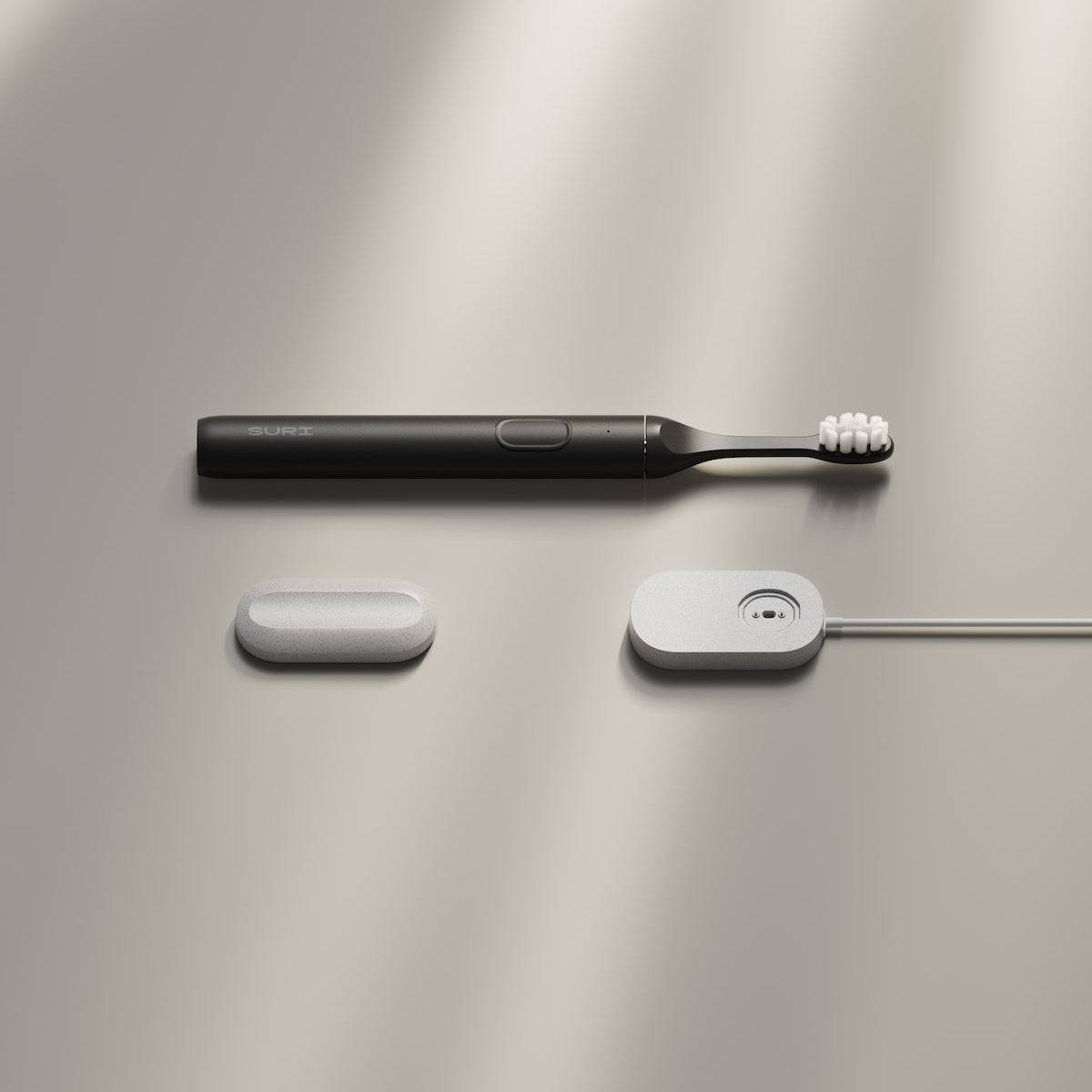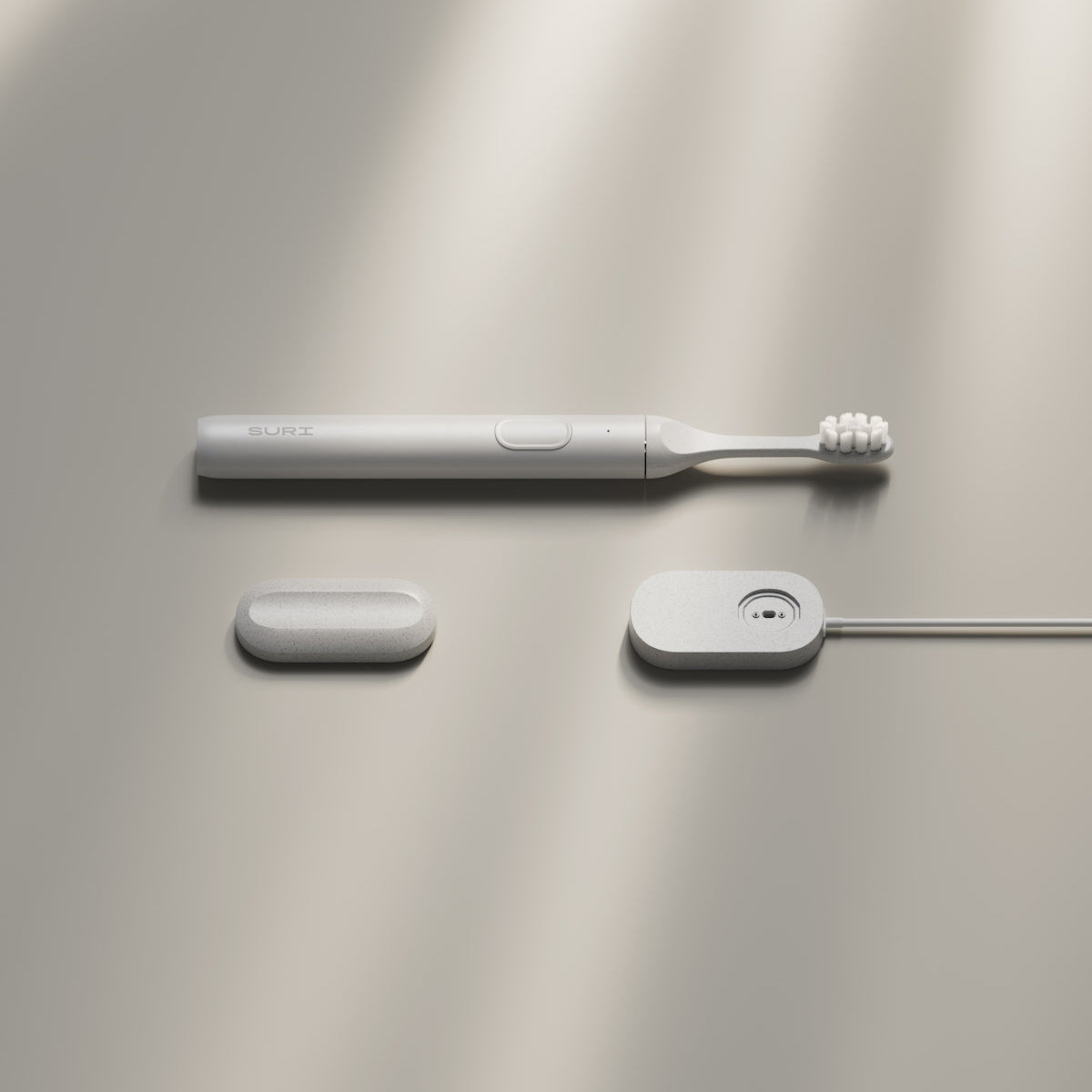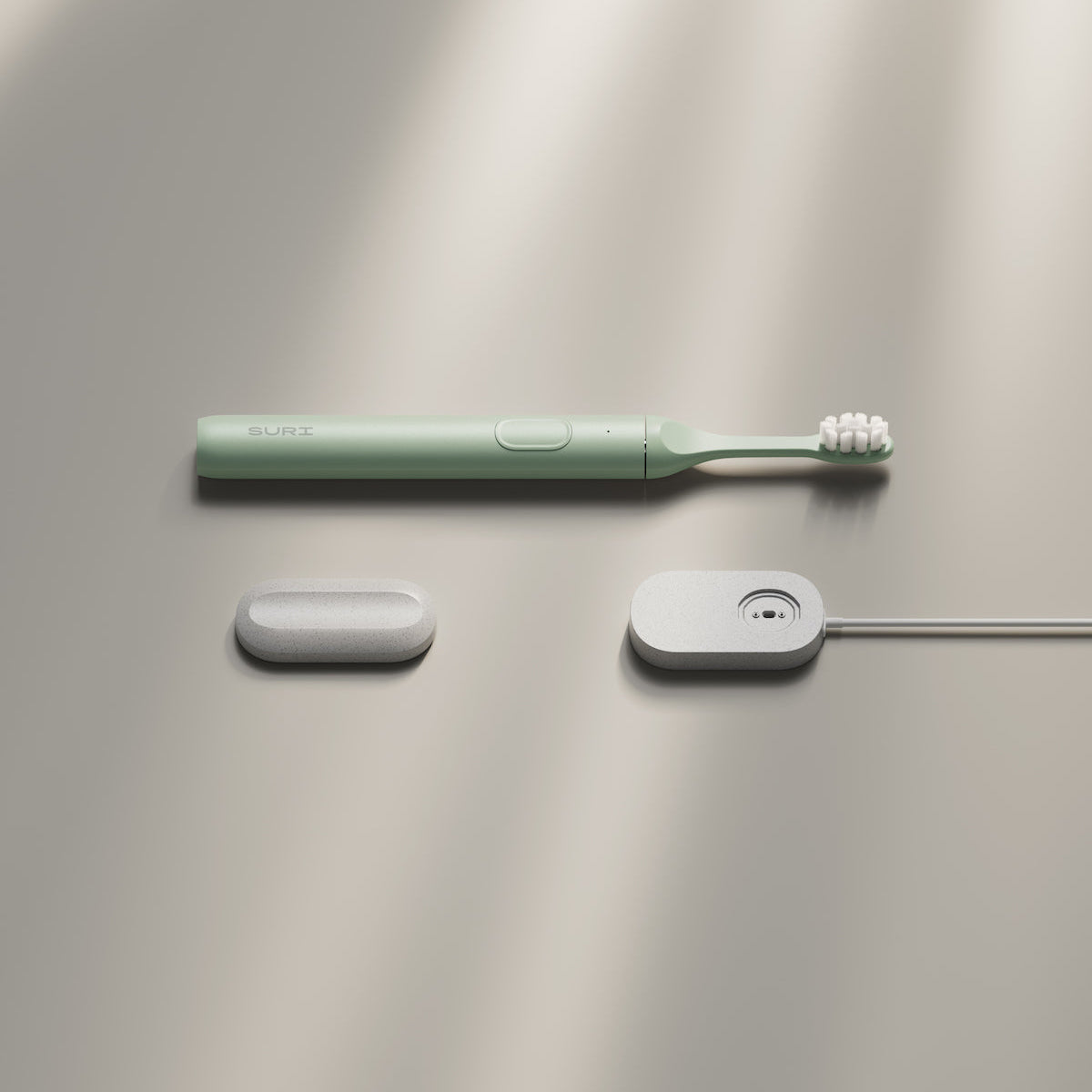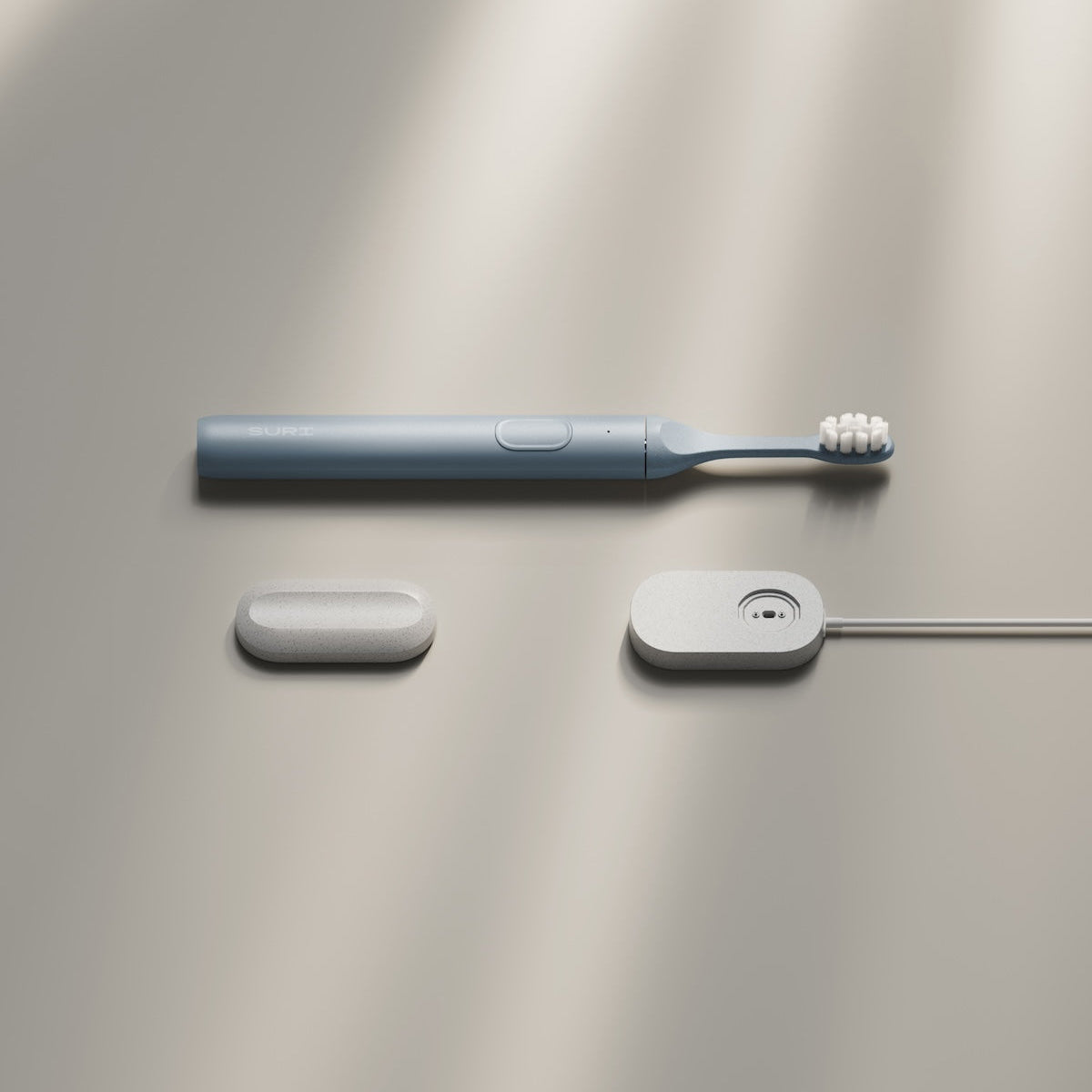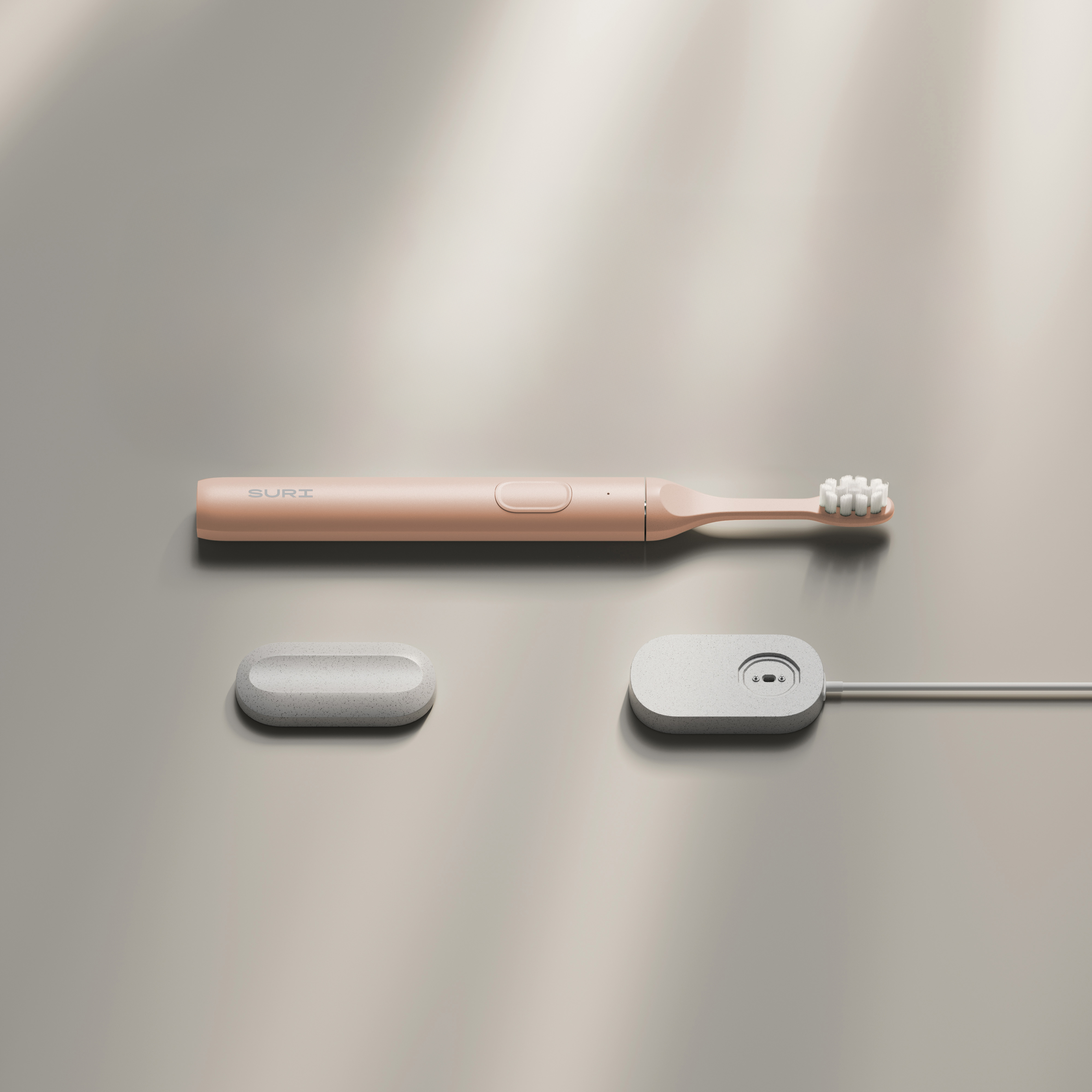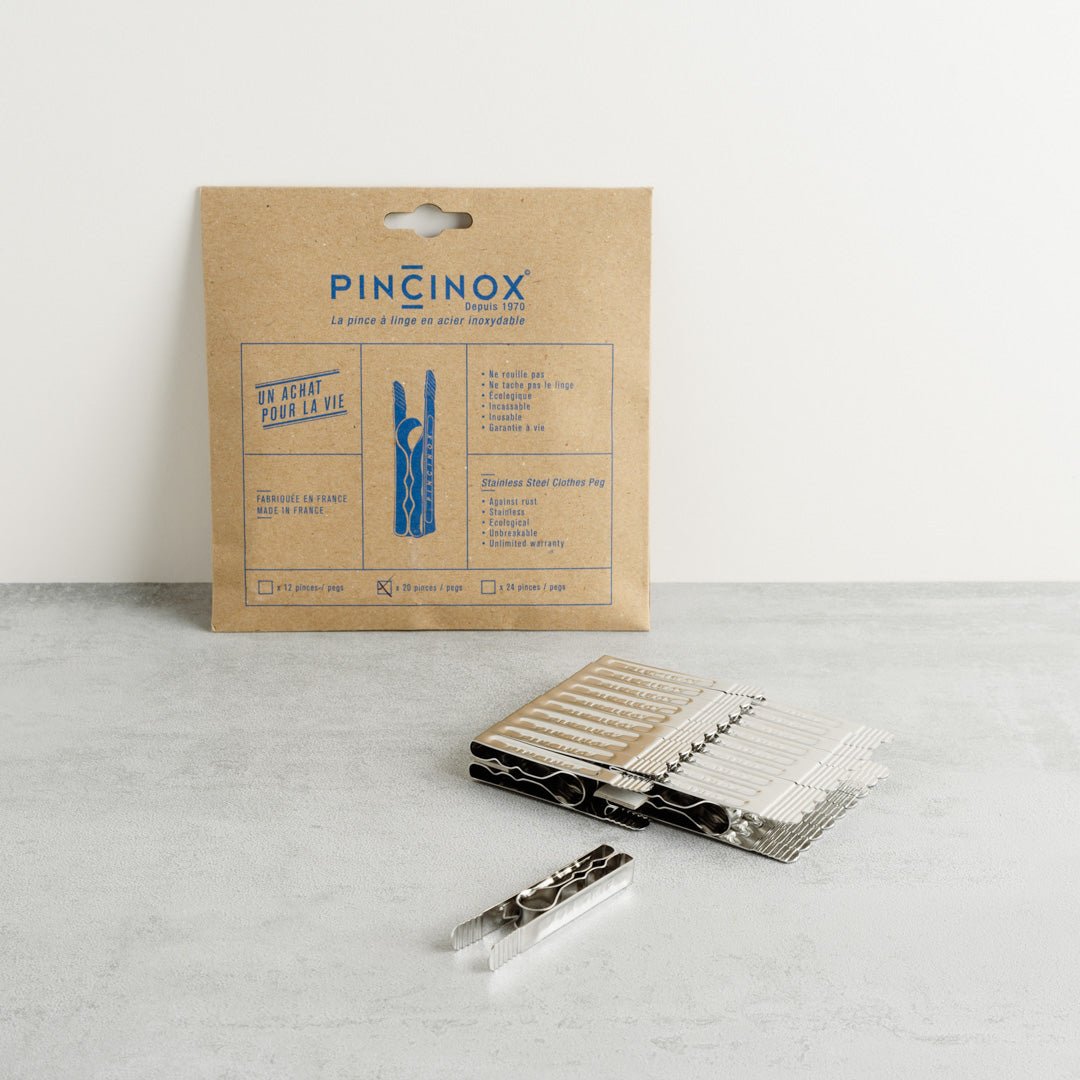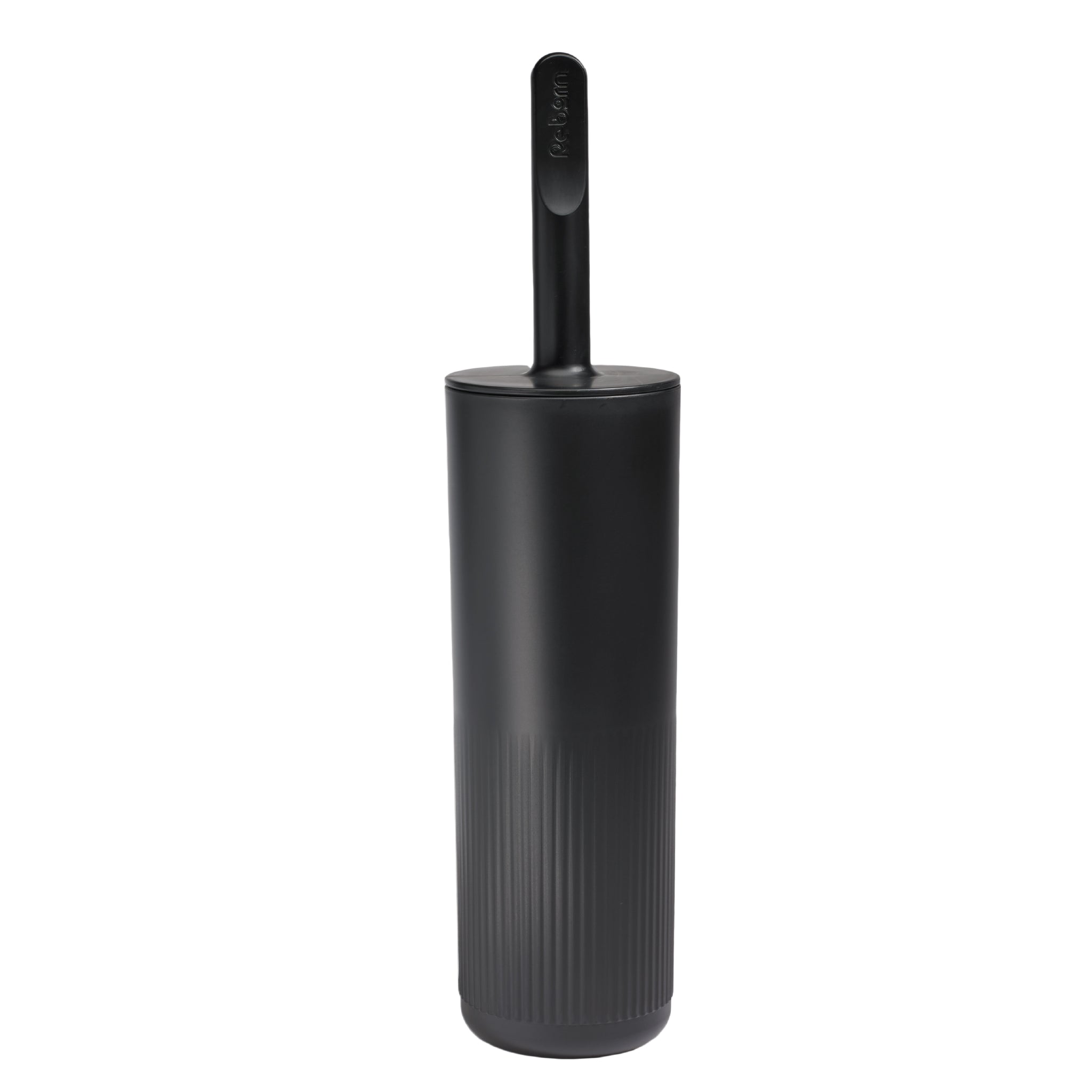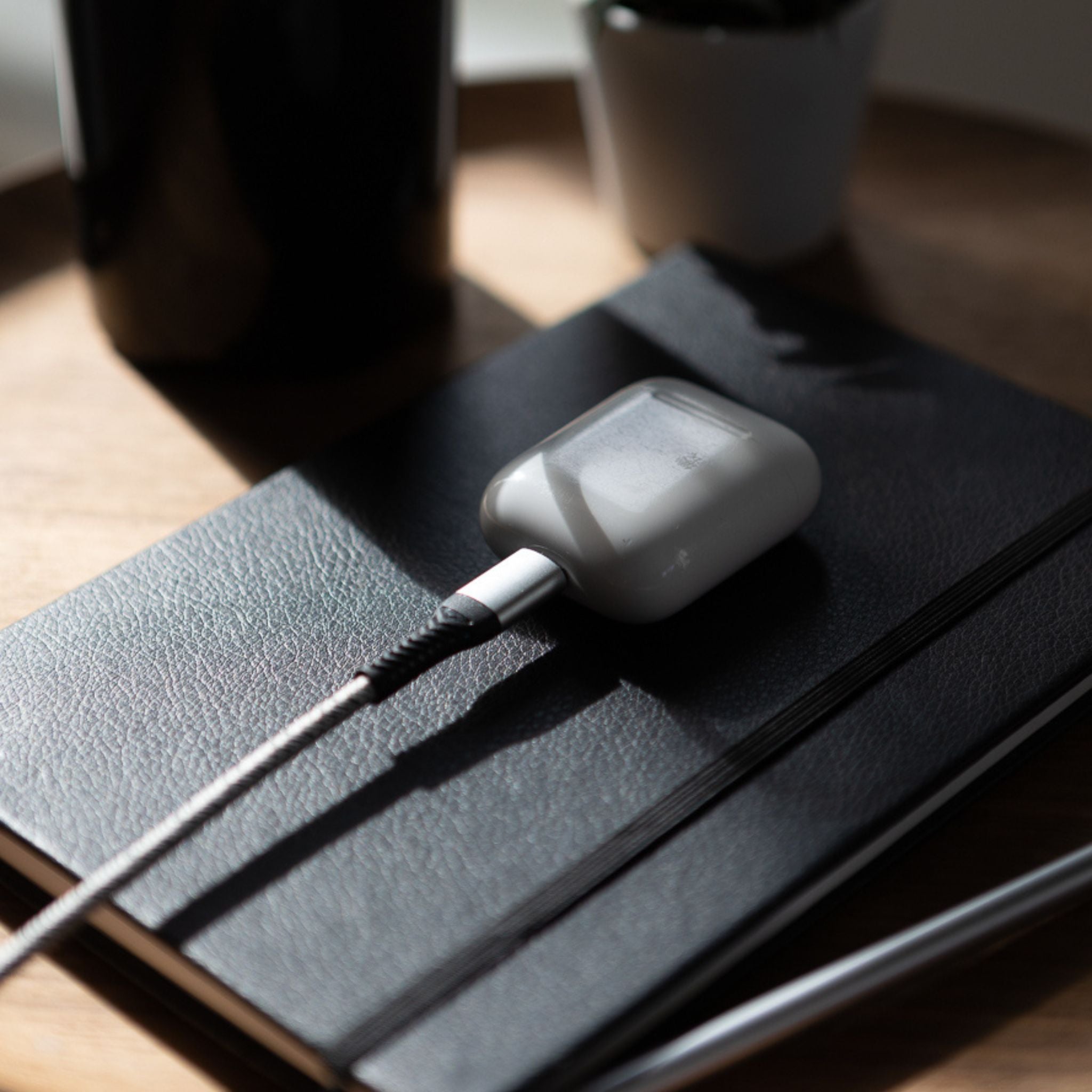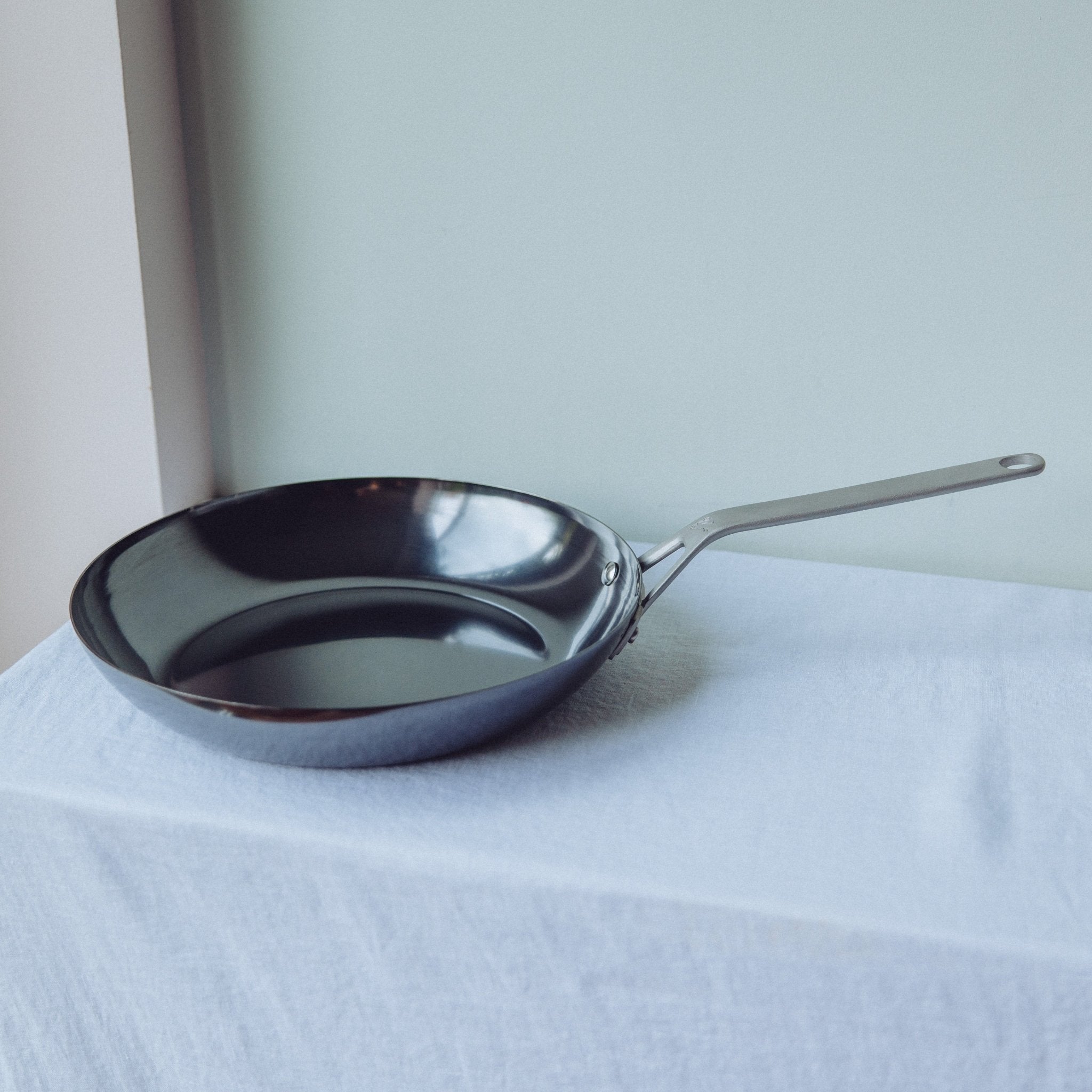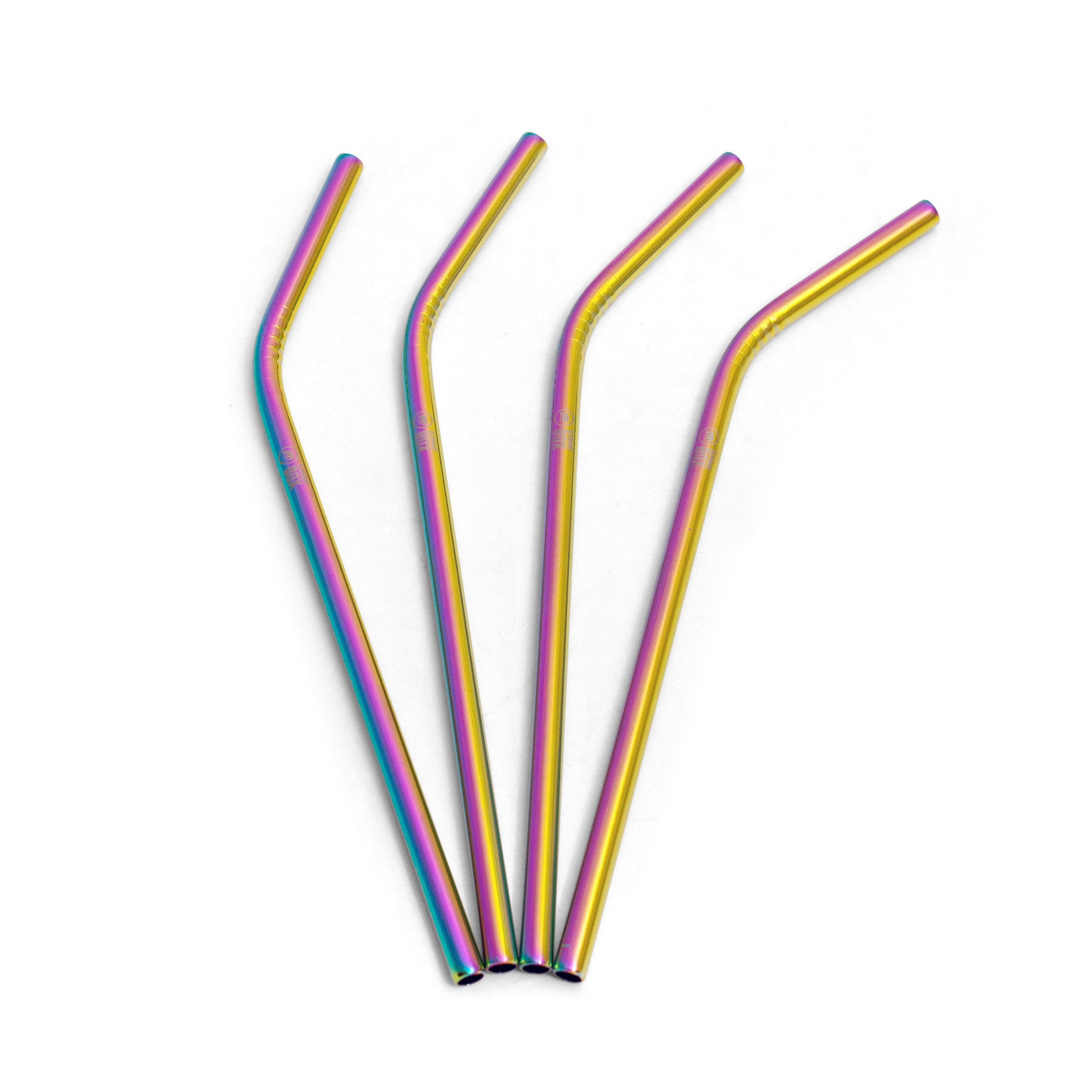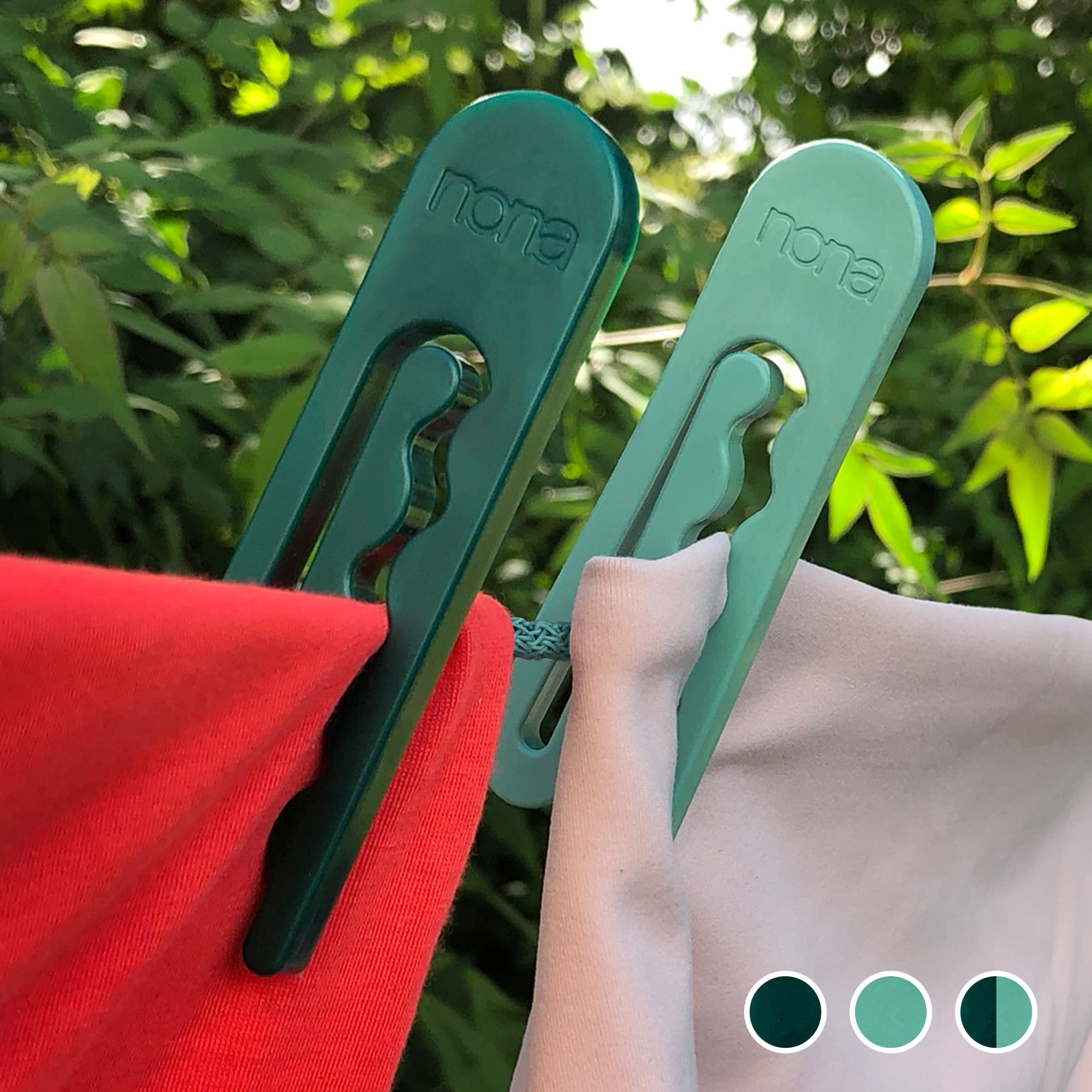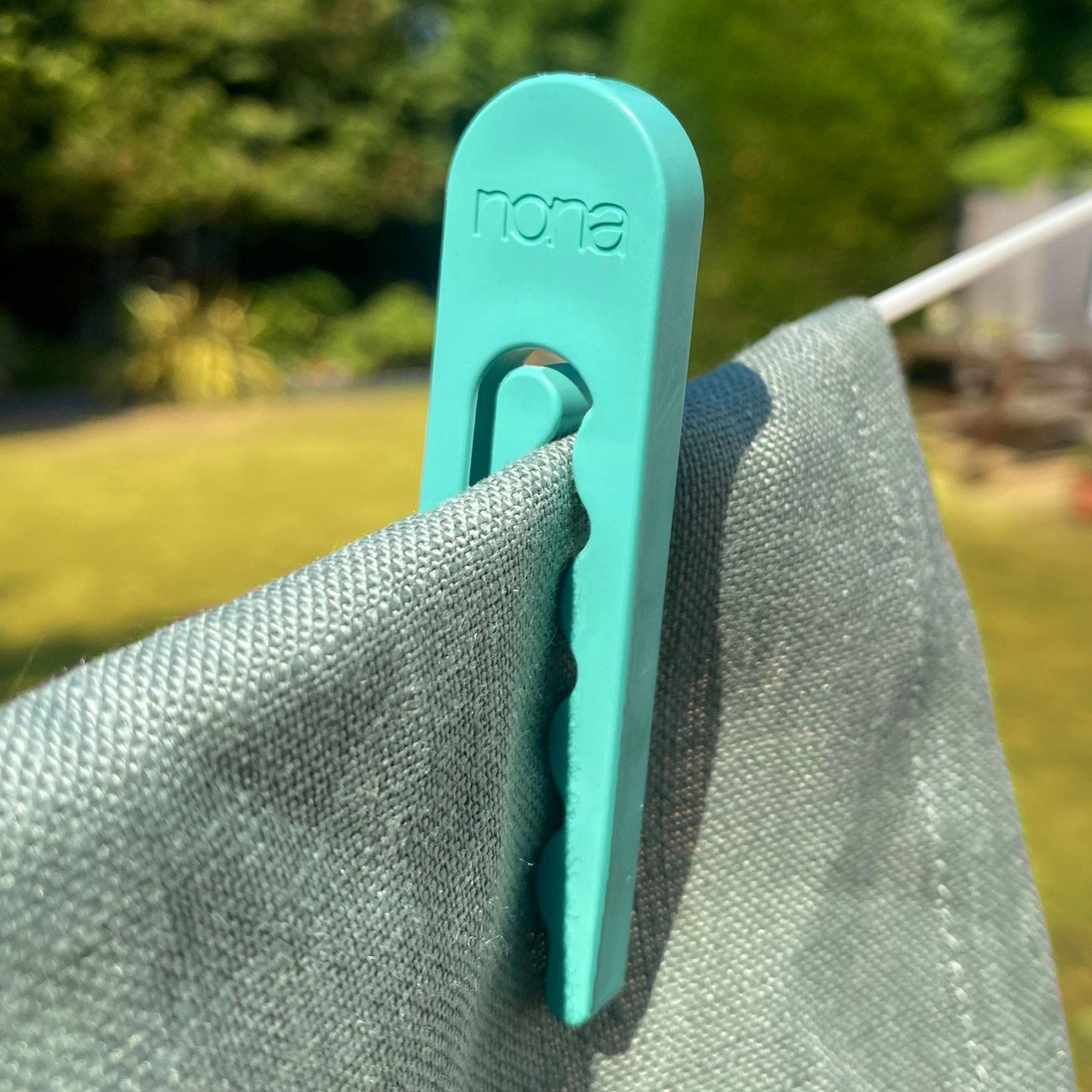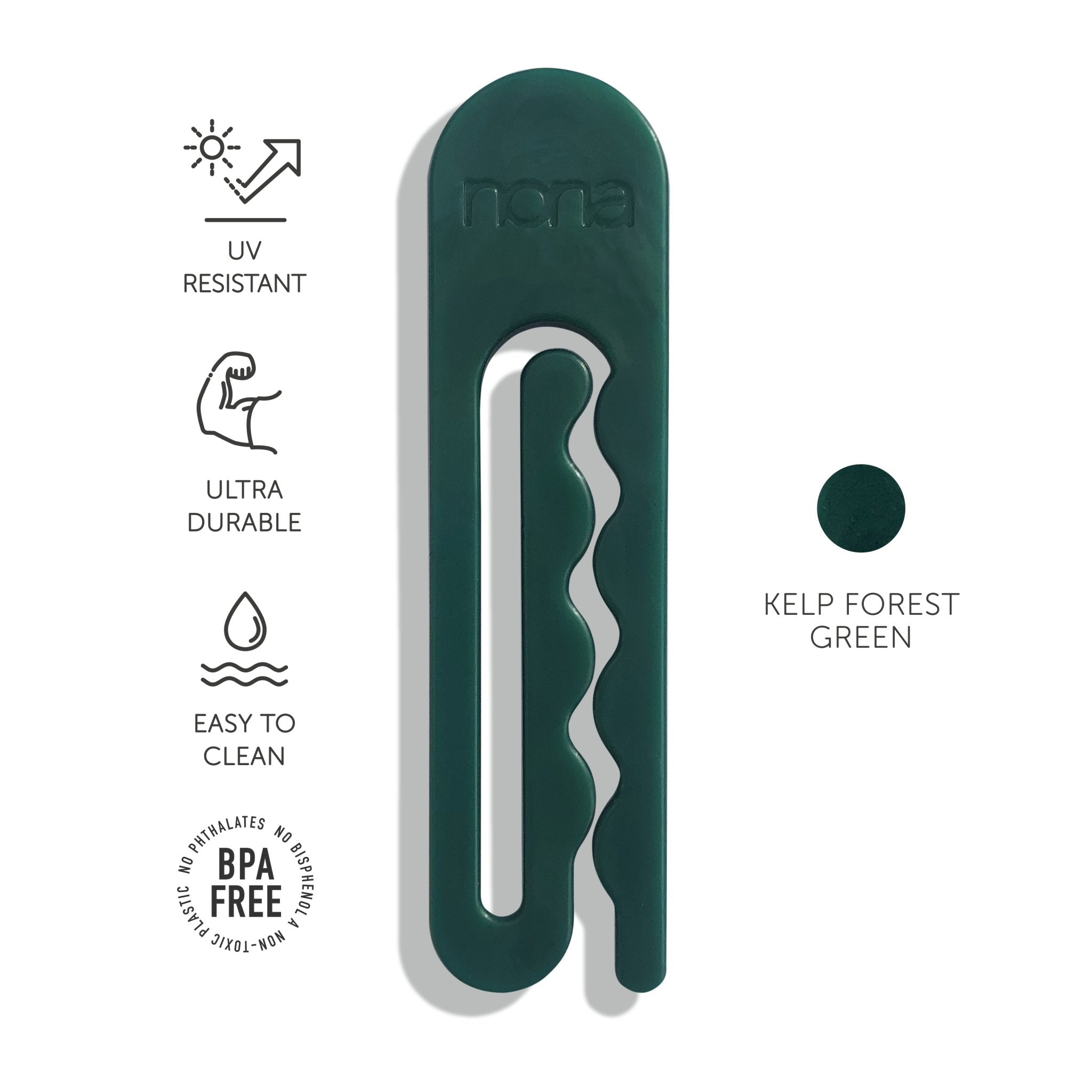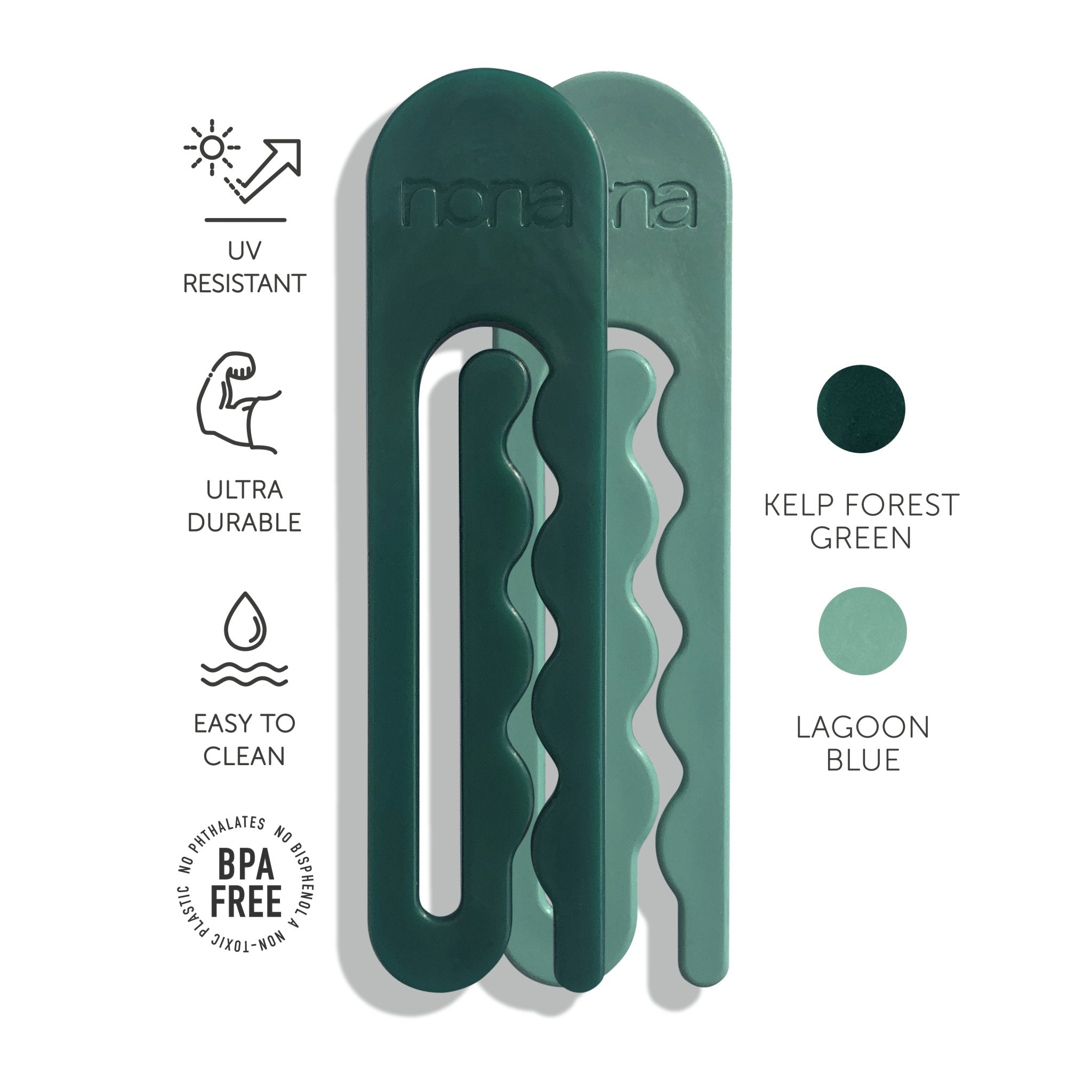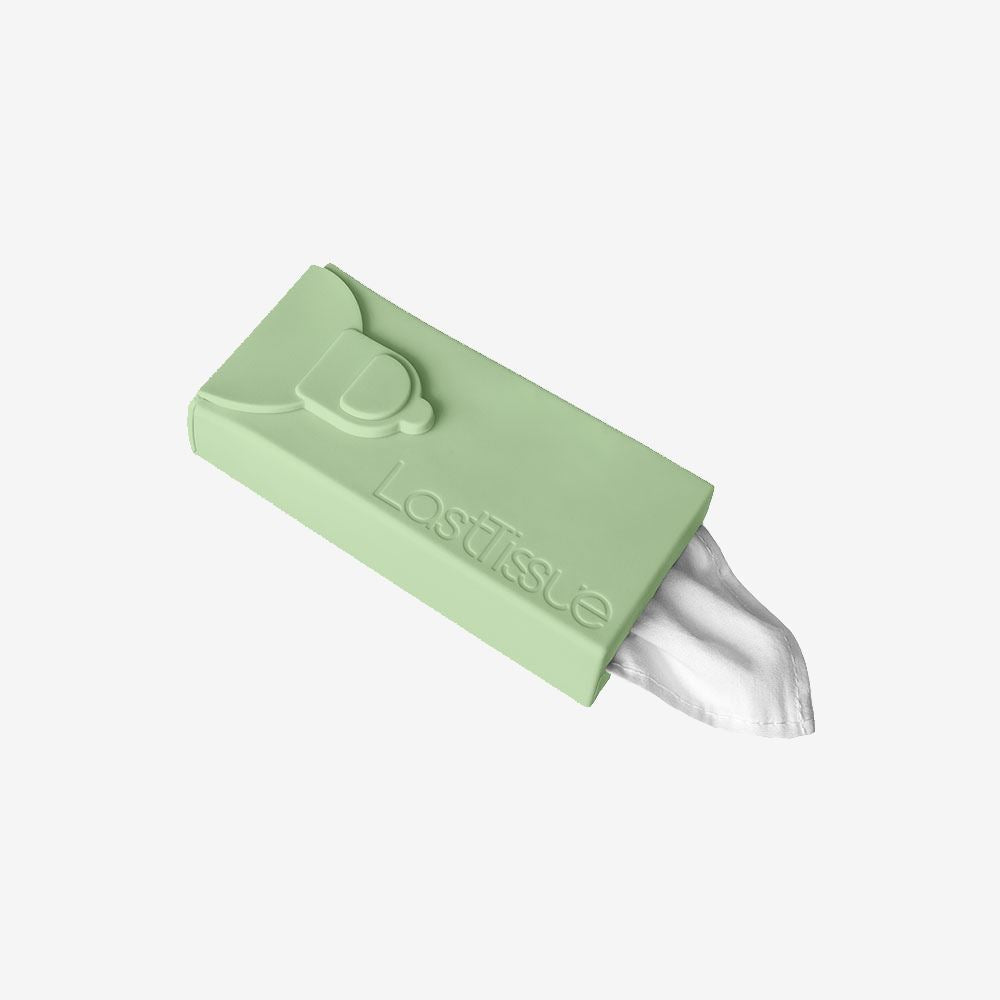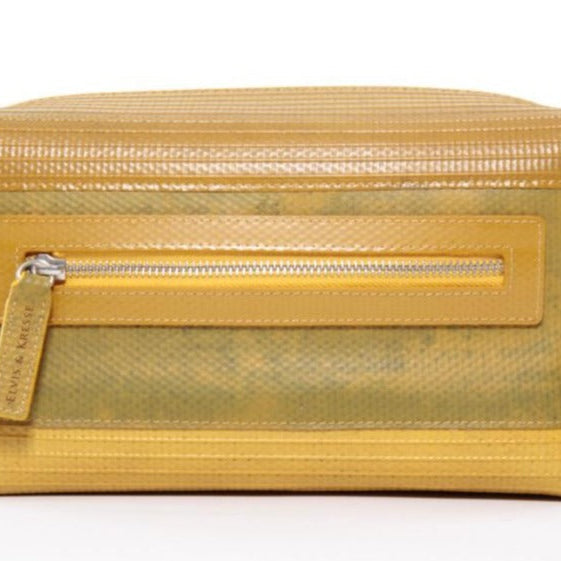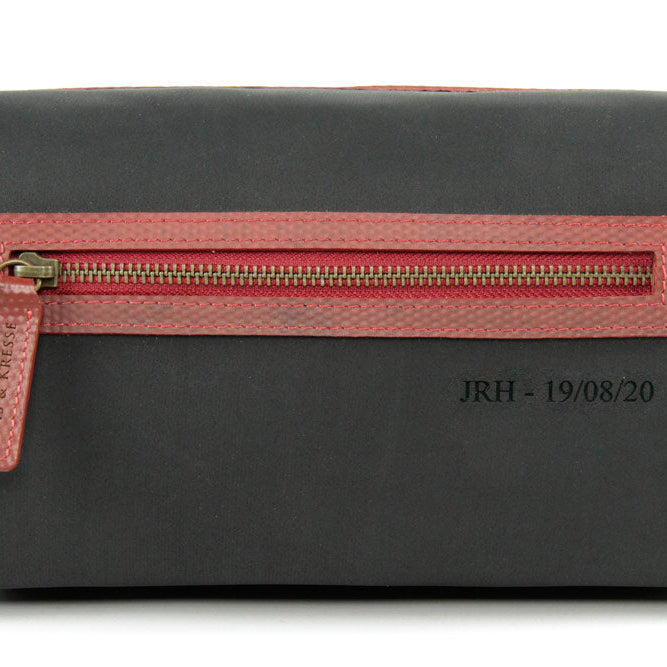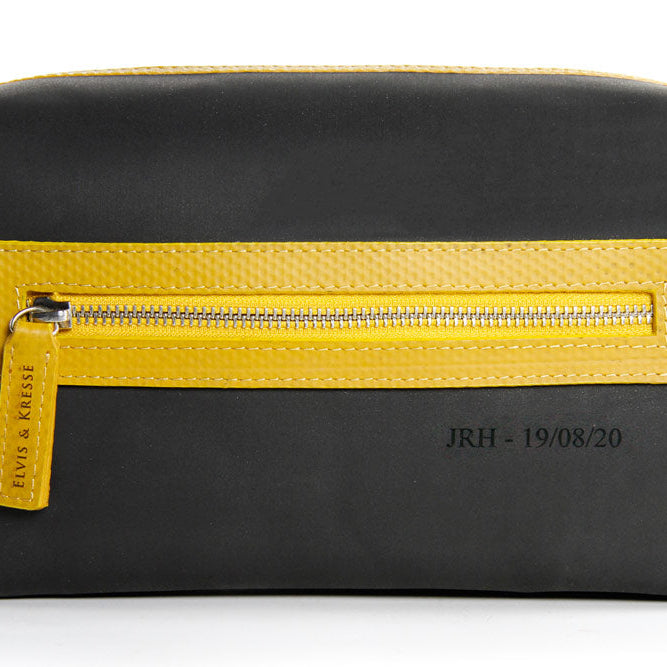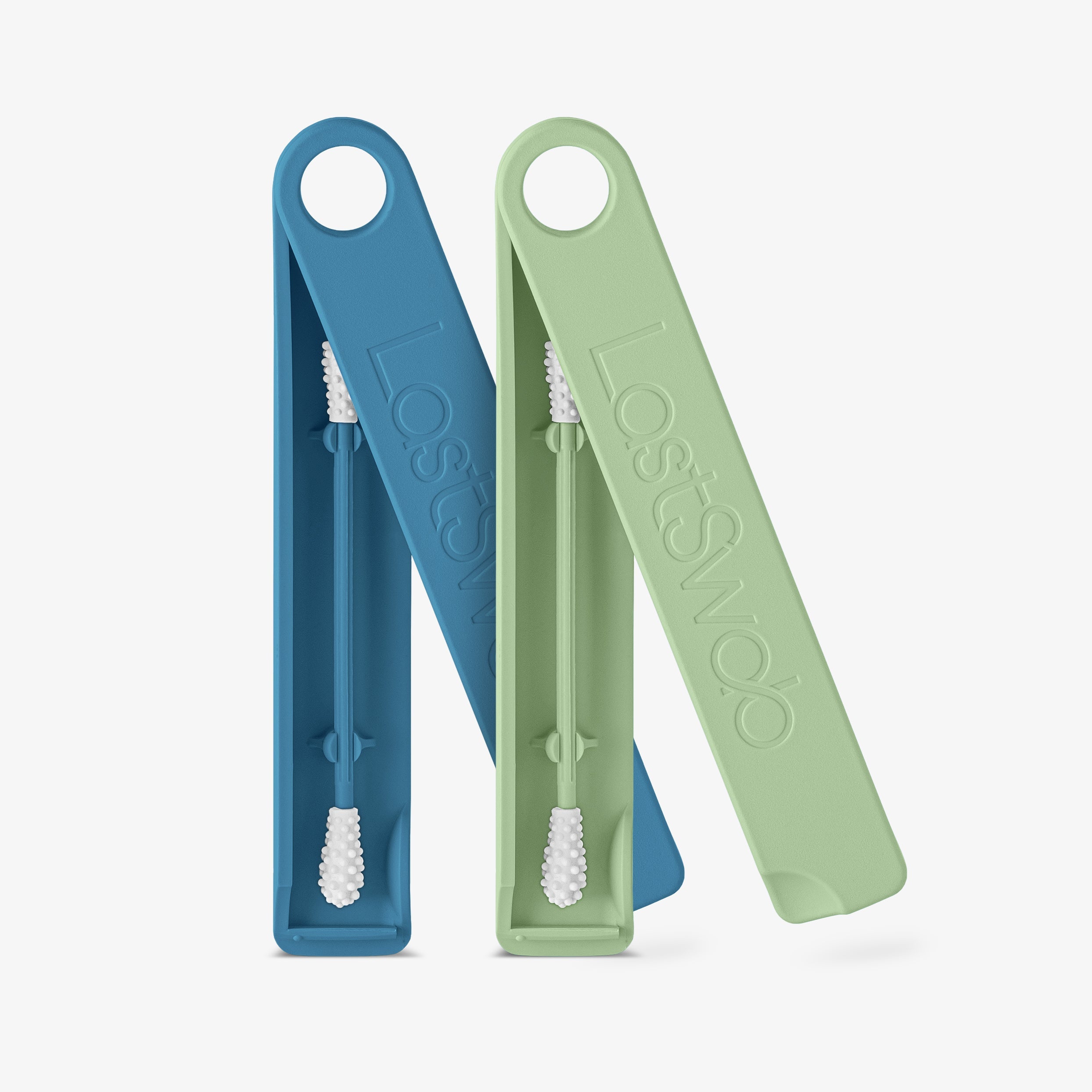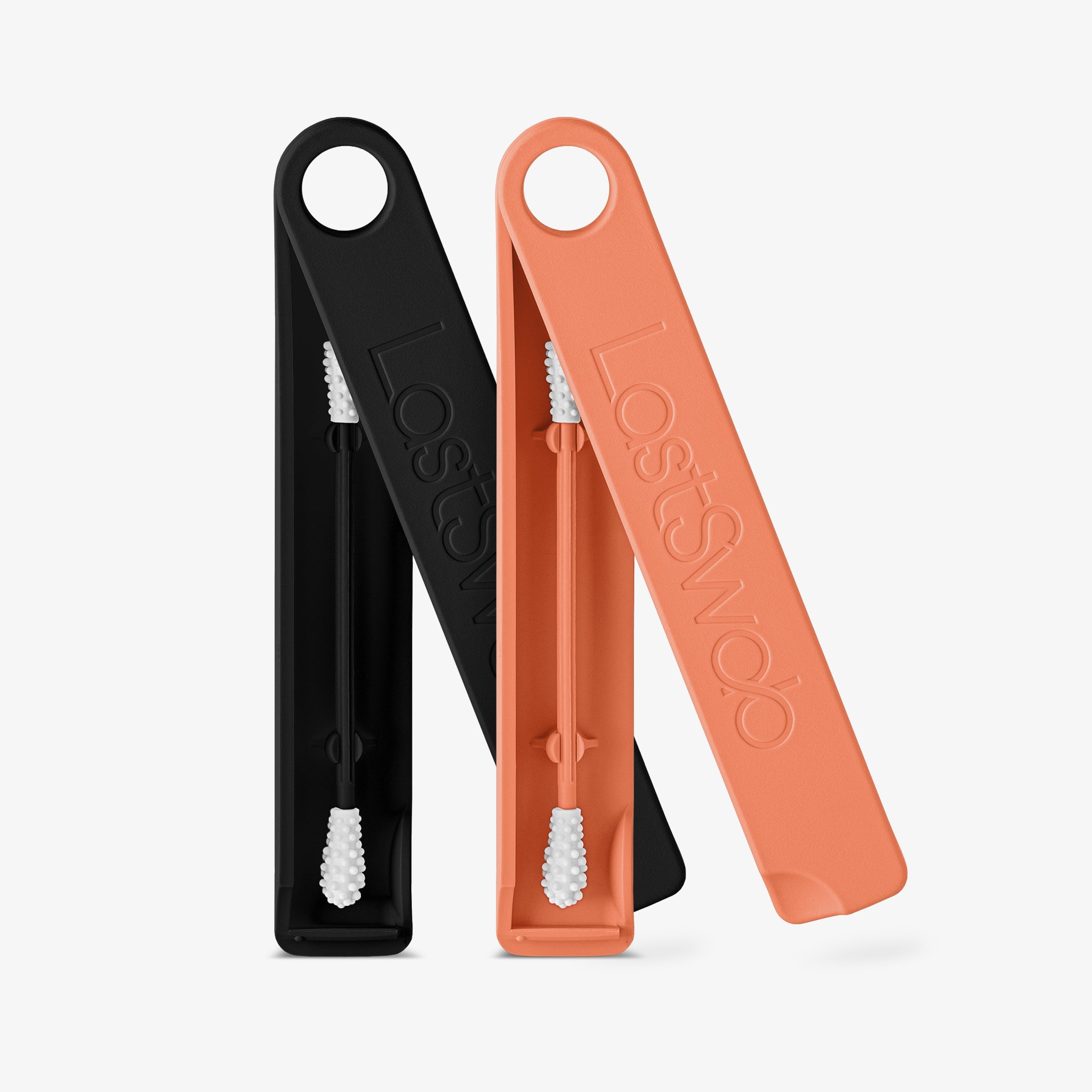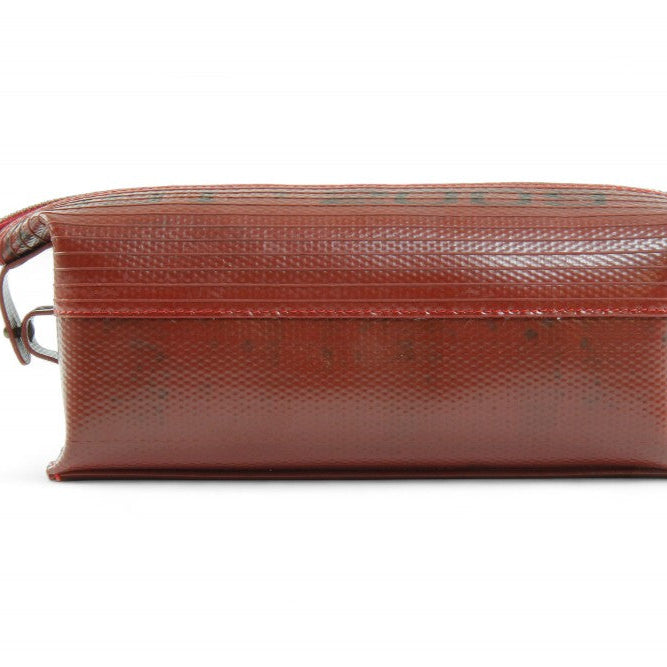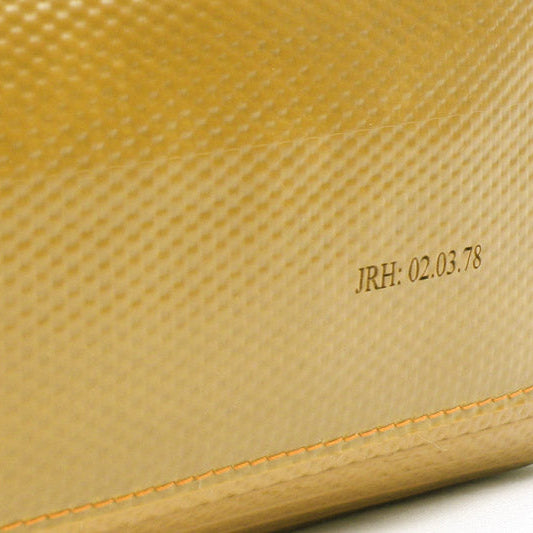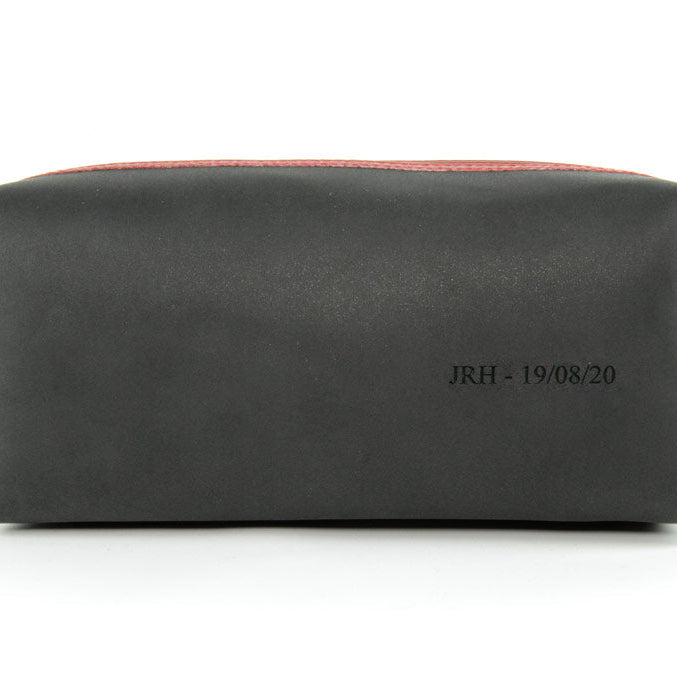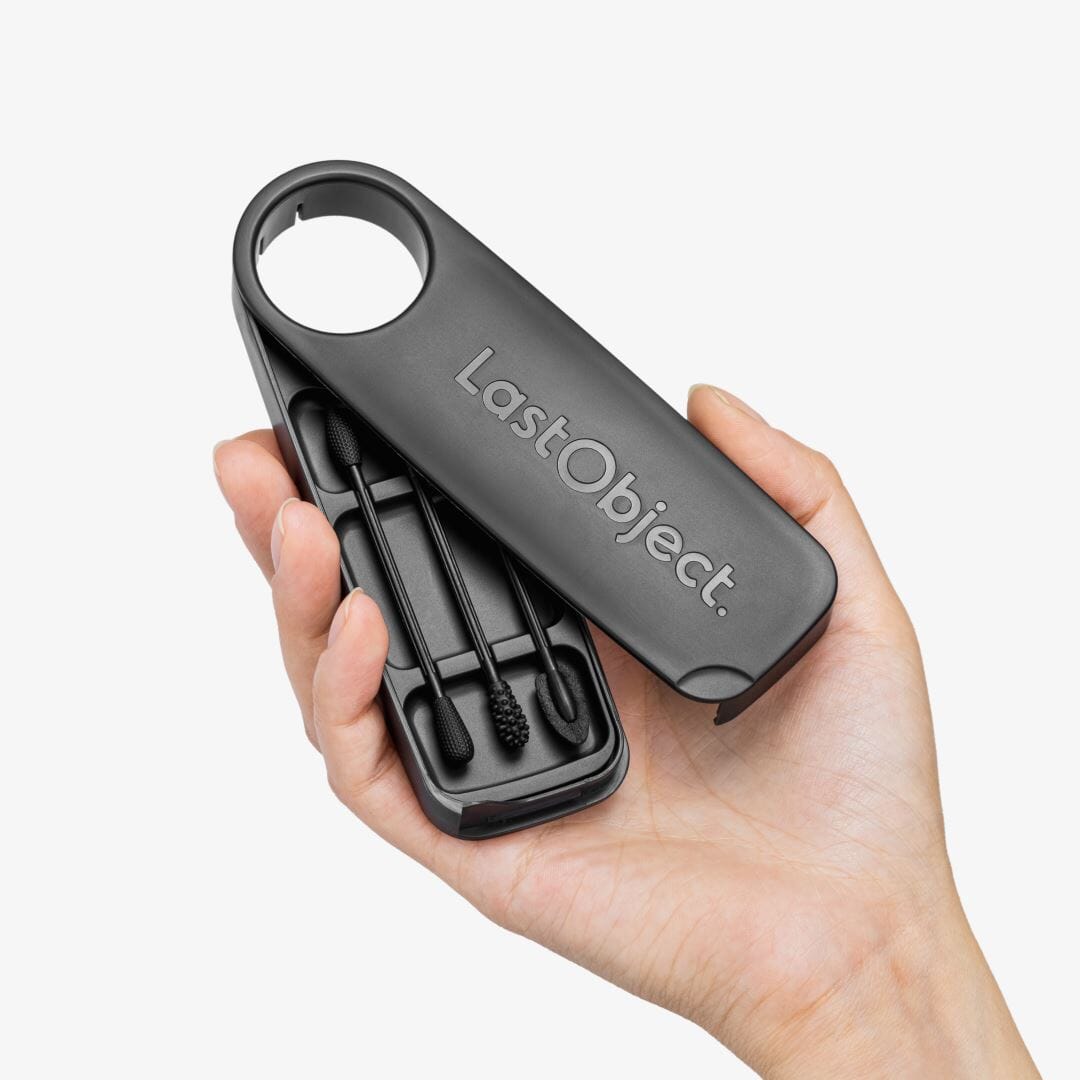Men's Personal Care
Skincare and grooming tools that feel good to use – and keep on working. This men’s collection is full of solid choices: reusable safety razors that last for years, long-lasting grooming tools, and dependable wash bags built for travel. The skincare’s no-fuss and effective too. Less waste, less faff, better results. Worth a look if you want to sort your routine properly.
Men’s Personal Care FAQs
How do you shave safely and effectively with a safety razor?
To shave safely and effectively with a safety razor, start with warm water and a quality shaving soap or cream to soften the hair. Hold the razor at a 30-degree angle and use short, gentle strokes - no need to press, the weight of the razor does the job. Always shave with the grain first, then re-lather and go against if needed. Rinse the blade often to keep it clear. It’s a slower process, sure, but the reward is a smooth, irritation-free shave and less plastic waste in the bin.
Can you bring a safety razor in hand luggage when flying?
You can bring a safety razor in hand luggage, but the blades must go in the hold. Airport security allows the razor handle, but loose blades are considered a sharp item and not permitted in the cabin. If you’re packing light, pop the handle in your carry-on and pick up blades at your destination. Remember to check the latest airline rules, as guidelines can vary slightly depending on where you're flying.
How often should you change a safety razor blade?
You should change a safety razor blade every 5–10 shaves, depending on how coarse your hair is and the blade’s sharpness. A fresh blade glides more easily, prevents tugging, and helps fend off irritation. If shaving starts to feel scratchy - or worse, leaves you looking like a ploughed field - it’s time for a swap. Safety blades are low-cost, recyclable, and easy to store. Drying them after each use can keep corrosion at bay and stretch their life a bit further.
What’s the best way to dispose of used safety razor blades?
The best way to dispose of used safety razor blades is by storing them in a blade bank or metal tin with a tight lid. Once it’s full, you can recycle the sealed container with scrap metal, depending on your council’s rules. Never toss loose blades in the bin - they’re a hazard for anyone handling waste. Some grooming shops accept blade returns too, which keeps things neat, safe, and sustainable.
How do you clean and maintain a safety razor for long-term use?
To clean and maintain your safety razor for long-term use, rinse it thoroughly after each shave and dry all parts to prevent rust. Every few weeks, take it apart and soak in warm soapy water or a water and vinegar solution to lift off buildup. Dry with a soft cloth before reassembling. With a bit of care, a solid metal razor can last decades - brass and stainless options are especially durable. For more upkeep advice, see our Product Care hub.
Which are the most durable men’s grooming tools available?
The most durable men’s grooming tools are made from robust materials like stainless steel and hardwood, designed to stand up to years of use. Choose tools with minimal plastic, solid construction, and parts you can easily clean or replace. You’ll find smart, sturdy picks in our Men’s Personal Care Razors collection. We only recommend products that pass our durability tests - learn more about how we research our products.
What makes a safety razor better than a cartridge razor?
What makes a safety razor better than a cartridge razor is its sturdier build, smoother shave, and planet-friendlier footprint. Unlike flimsy plastic cartridges, safety razors use just one durable blade that can be recycled. They’re cheaper to replace and far less likely to break down. Many are made entirely of stainless steel or brass and come with repairable parts or lifetime guarantees. Once you get used to the technique, most find the shave closer and far kinder to sensitive skin.



